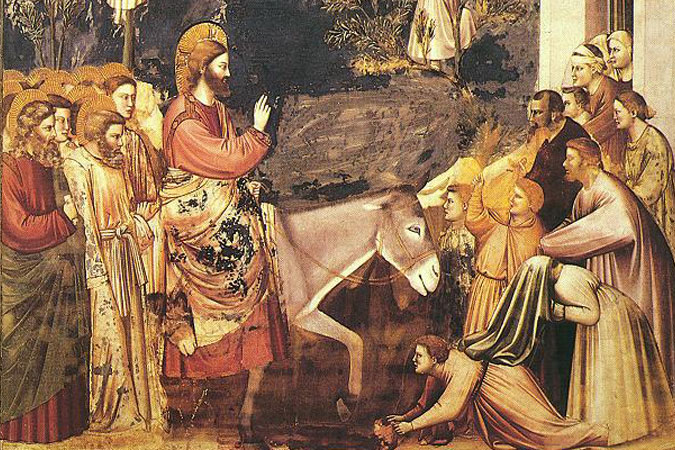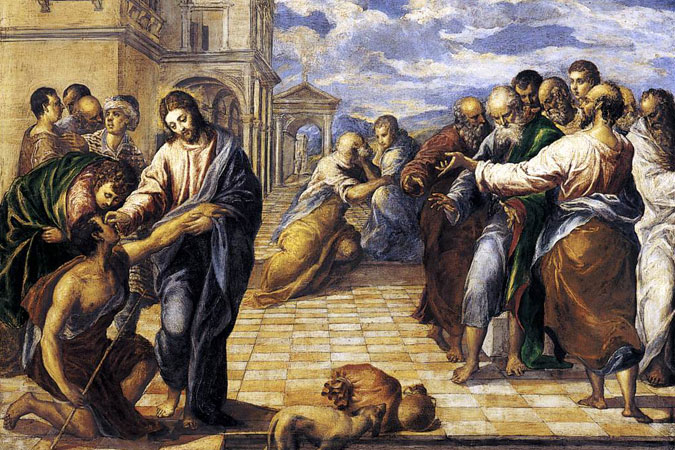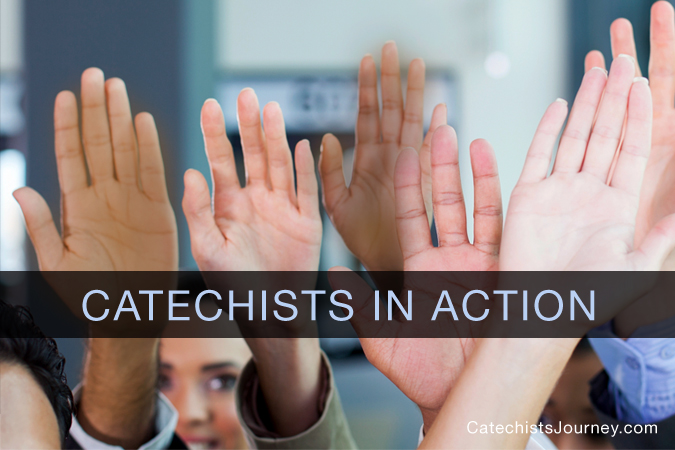When you get down to it, each of us is walking around with a vision of a hoped-for reality—an alternate reality—for ourselves, for those we love, for our community, for our world. We imagine a world that exists somewhere beyond what our eyes can presently see. We have a choice: we can either approach life as a problem to be solved, a contest to be won, or as a mystery to be entered into more deeply. Without that drive for “the more,” life is little more than a frustrating problem we can’t seem to solve or an absurd game that we can’t seem to win. With that drive for “the more,” life becomes a mystery that enfolds us.
In the story of Jesus’ Transfiguration (Matthew 17:1–9), we, along with Peter, James, and John, get a glimpse of this mystery. Jesus is revealed in all his glory—a glimpse of what awaits at his Resurrection. To proclaim faith in Jesus Christ is to trust in his promise of a new reality—a reality of new and everlasting life, a reality in which heaven and earth are intimately linked. The Transfiguration is a reminder that this reality has already broken into this world. We can catch glimpses of it if we have eyes of faith. And, knowing that God keeps his promises, we can live as a people of hope and imagination.
- What is one small thing you’re hoping for this week—at home, at work, from family, from friends, from co-workers, etc.? (Example: the kids will clean their rooms!)
- What sometimes prevents you from being a person of hope?
Here are some videos related to the theme of the Transfiguration:
- Arts & Faith: Week 2 of Lent, Cycle A (3:08)
- Bishop Barron on All the Light We Cannot See (9:07)
- For teens/young adults: An Illustration on Trusting God (2:21)
- For meditation: Eye Has Not Seen (4:22)
Here are links to videos related to the Gospel readings for all of the Sundays of Lent, Year A.






Be the first to comment